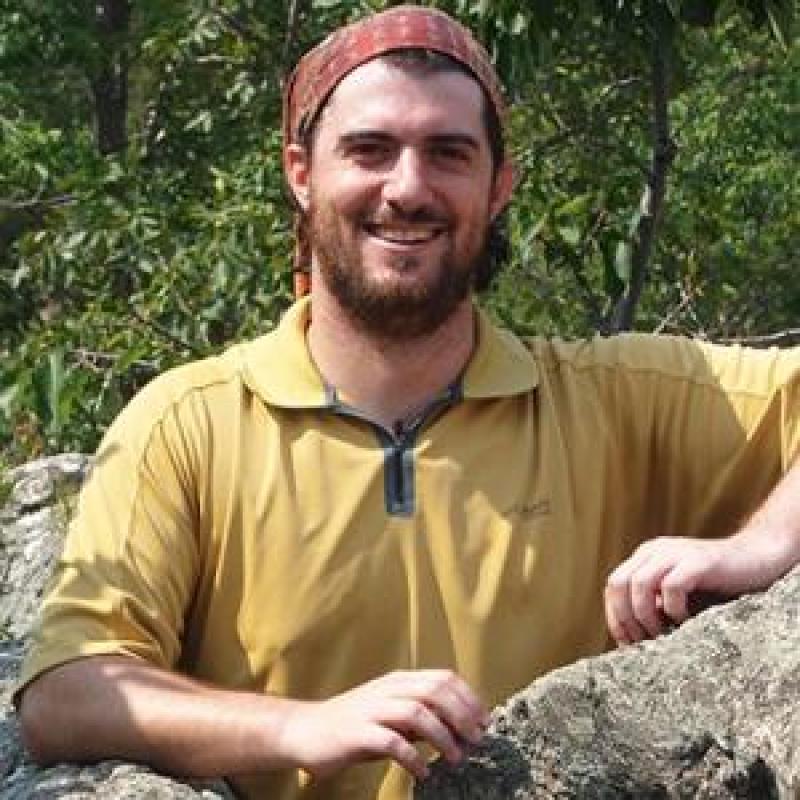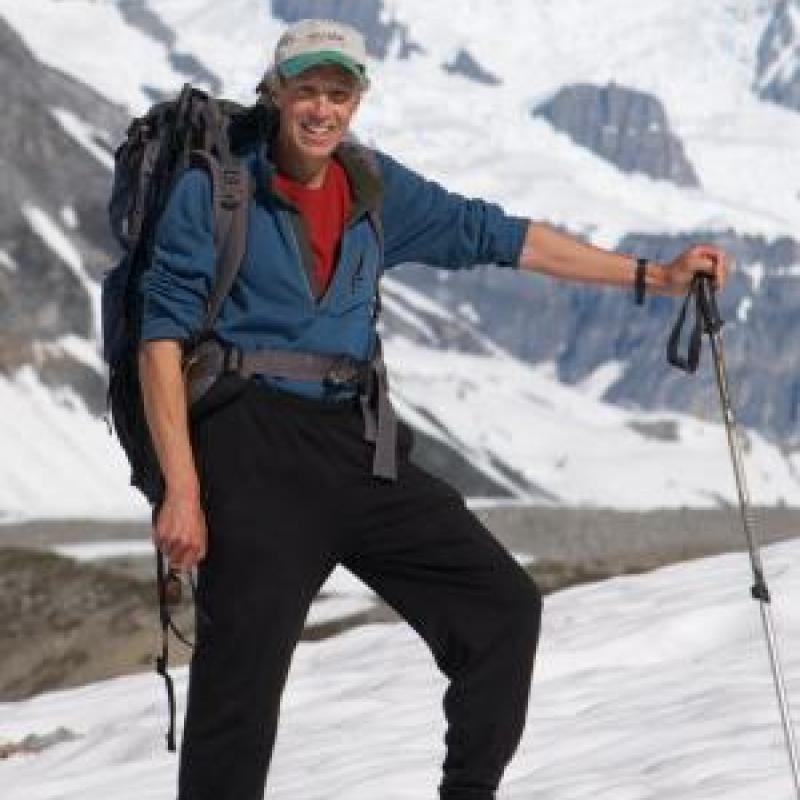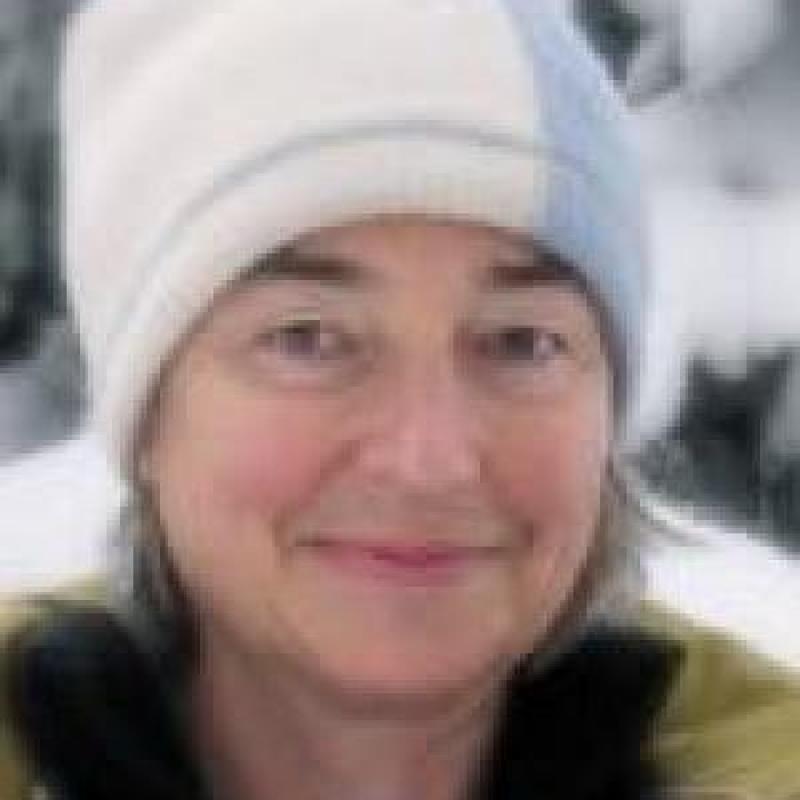Summary
The land surface of Earth is vital to human habitation, sustenance, and exploration. As scientists, we are tasked with understanding how it has changed in the past, is changing now, and will change in the future. In this project, we view land surface change through the lens of ‘Critical Zone’ science. By focusing on the space between unaltered bedrock and the top of the vegetation canopy, our mission is to characterize and quantify the physical and chemical fluxes in this important interface where the atmosphere, cryosphere, hydrosphere, biosphere, and lithosphere interact.
One key challenge to interrogating the Earth’s surface is that processes are episodic and steady, rapid and slow, solid and fluid, discrete and continuous. The interactions among these processes collectively set the pace and style of landscape evolution. One current focus of the group is to better constrain feedbacks among climate, hydrology, and river incision along the Colorado Front Range and High Plains. While intense rainstorms cause the largest floods and erosional events in the region, our recent work suggests that orographic controls on runoff generation is not principally a climatic phenomenon. Instead, we find that such patterns may be driven by the coevolution of Critical Zone architecture with long-term base level history. These findings have spawned new research directions focusing on feedbacks among forest ecology, soil production rates, and land surface properties more generally. Our approach to unraveling these feedbacks is two-pronged. First, we empirically constrain land surface properties and topography using field measurements (e.g., topographic surveys, fracture densities and apertures) alongside drone- and lidar-derived surface classification and terrain models. Second, we numerically simulate dynamics by coupling mechanistic models of tree reproduction, growth, and death to soil production and sediment transport rates.
Given the focus on bridging field methods, data analytics, and process-based numerical modeling of Earth surface dynamics, this project entails close collaboration with the modeling expertise of CSDMS (Community Surface Dynamics Modeling System) and aligns strongly with research being done within CZ Net (the Critical Zone Collaborative Network).
Publications
Rossi, M.W., R.S. Anderson, S.P. Anderson, and G.E. Tucker (2020). Orographic controls on subdaily rainfall statistics and flood frequency in the Colorado Front Range, USA. Geophysical Research Letters, 47(4), e2019GL085086, doi:10.1029/2019GL085086.
Anderson, R.S., H. Rajaram, and S.P. Anderson (2019). Climate driven co-evolution of weathering profiles and hillslope topography generates dramatic differences in critical zone architecture. Hydrological Processes, 33(1), 4-19, doi:10.1002/hyp.13307.
This work is funded by NSF EAR GLD: Topographic response to the transition from snowmelt- to rainfall- triggered extremes. (PI Rossi; Co-PIs Anderson, Anderson, Tucker)
Featured Blogs
Project Team
Project Lead
Matthew Rossi
Matthew Rossi is a geomorphologist who recently joined the Earth Lab team as a Post-Doctoral Research Scholar in the research area of Erosion. He received his B.S. in Geology from the College of William and Mary (2003) and his Ph.D. in Geological Sciences from Arizona State University (2014).




